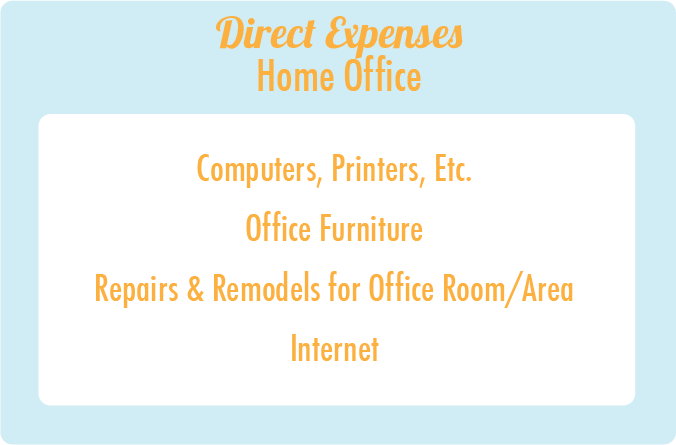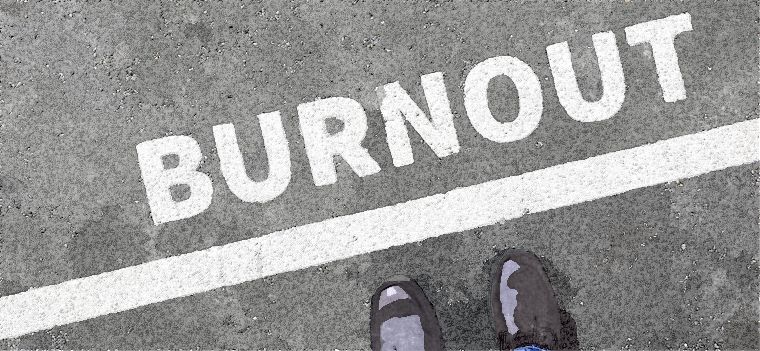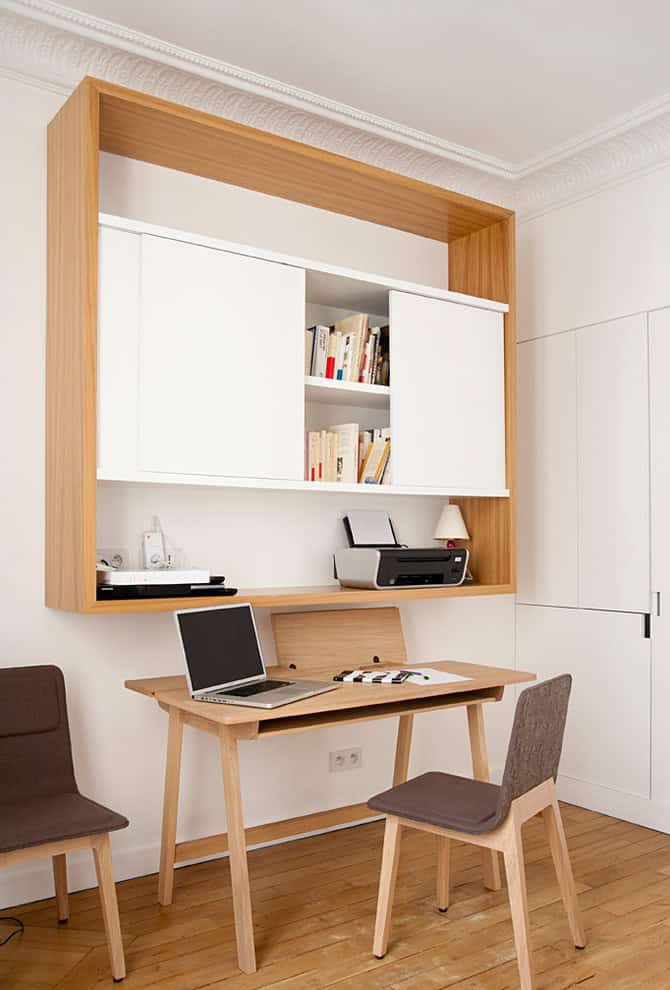Table of Content
Your home office doesn't have to be the only place that you work, but your business must be substantially conducted there. If you regularly meet clients there or perform all your administrative work there, your office would meet this requirement, even if you also sometimes work elsewhere. On the other hand, necessary expenses are helpful but not vital to your work. For instance, you can deduct 50% of the costs for meals over which you discuss business. So, it’s crucial to keep every receipt for ordinary and necessary expenses to maximize this deduction. Income taxes range from 10% to 37%, depending on your income level and filing status.

There are two ways eligible taxpayers can calculate the home-office deduction. For example, if you left a 9-to-5 job, started your own business in 2021 and use your home as your primary office space, you may be able to claim the deduction for part of the year, according to Wilson. A taxpayer can use either the regular or simplified method to figure the home office deduction. Our Full Service Guarantee means your tax expert will find every dollar you deserve. Your expert will only sign and file your return if they know it's 100% correct and you are getting your best outcome possible.
Business Travel Expenses
To calculate this percentage, divide the home office square footage by the total square footage of your home. So, if your home office was a 10×10 room, the square footage of would be 100. If your entire home was 1,500 square feet, you would divide 100 by 1,500. In this case, you would get to deduct 6.7% of your home office expenses by multiplying that percentage by eligible home expenses like mortgage interest or monthly rent, utilities, interest, and repairs. The simplified option is a quick and easy way to determine your home office deduction. To determine your deduction, simply multiply your office’s total square footage by $5.

These expenses are deductible based on the percentage of your home’s square footage that your home office takes up (22% in the example above). The home office deduction is available to qualifying self-employed taxpayers, independent contractors and those working in the gig economy. However, the Tax Cuts and Jobs Act suspended the business use of home deduction from 2018 through 2025 for employees. Employees who receive a paycheck or a W-2 exclusively from an employer are not eligible for the deduction, even if they are currently working from home.
Can I switch back and forth between the two options from year to year?
Home daycare expenses are computed by portioning out the square footage of the home vs. the area used for daycare and the number of hours when the area is used for daycare vs. the number of hours in the year . Unrelated expenses are those for areas of the house that don’t affect the business space. These expenses, like lawn care and painting a room not used for business, aren’t eligible for the home business deduction. Direct expenses are those for just your home office business space, like painting or repairing the space. For example, if the home office where you conduct your business is 155 square feet, multiply that by $5.
There may be some confusion, as the home-office deduction was previously allowed for employees. The Tax Cuts and Jobs Act of 2017, however, banned such workers from taking the deduction from 2018 to 2025. All features, services, support, prices, offers, terms and conditions are subject to change without notice.
Do I qualify for the home office tax deduction?
While a W-2 shows your income with taxes already deducted, a 1099 form shows how much money you made as an independent contractor. If you take depreciation on your home office and you later sell your home at a gain, you will have to pay tax on your gain up to the amount of any depreciation you deducted after May 6, 1997. Any remaining gain is eligible for the $250,000 exclusion ($500,000 if you are married filing a joint return) when you sell your home.
Mark Cussen, CMFC, has 13+ years of experience as a writer and provides financial education to military service members and the public. Buy and use separate computers, printers, and other electronic devices in your home office, so there’s no question that they are being used exclusively for your business. After you are done with these preliminary calculations, there are more calculations you must go through, including calculations for depreciation, operating expenses, and casualty losses. You may have to do a few more calculations to get the total deduction amount. See the worksheet on page 25 of IRS Publication 587 for the rest of the calculation.
The mechanics of the home office deduction can seem cumbersome, but it could be well worth the effort, especially considering the implications of tax reform. Although the home office deduction for employees is now obsolete , the deduction is still available for sole proprietors and pass-through owners, and therefore could become even more popular with business owners. Any gain up to the amount of depreciation you take on your home office is taxed at a maximum rate of 25 percent, whether the $250,000 exclusions applies ($500,000 if you are married filing a joint return). On the other hand, if you sell your home for a loss, you should use part of the home for business, because you can deduct losses on business property but not personal-use property. The deductible home expenses reduce your self-employment tax and your adjusted gross income.

You can deduct all the expenses that relate directly to the business area of your home. Examples include the cost of repairs to the room and the cost of painting the room. You can also deduct the portion of indirect expenses related to the business-use portion of your home. Indirect expenses include mortgage interest, real estate taxes, insurance, security, utilities, and repairs and maintenance.
You must use a portion of your home exclusively for conducting your business regularly. While the IRS does not require you to keep a specific method to prove your home office, you should keep documents to verify your home office deduction. This may include canceled checks, receipts and other records to prove your home office and any expenses paid, such as mortgage interest, cable, utilities and other qualified expenses.

More information on home office deductions can be found on the IRS website; simply download the instructions for IRS Form 8829. Calculating the home office deduction using the standard method involves completing IRS Form 8829 to compute the actual amount of the deductible home office expenses. Total deductible expenses can’t exceed the income from the business for which the deductions have been taken. The self-employed are eligible for the home office tax deduction if they meet certain criteria. “Regular use” means you use that space on a regular basis, not just occasionally or incidentally.
If you are self-employed, you may be eligible for a variety of deductions, such as the self-employed health insurance deduction and the home office deduction. If your business earns income in a foreign country, then you may be able to take advantage of the foreign-earned income exclusion. This can help reduce the amount of taxable income that you owe on your business earnings. This includes any money that is owed to you by customers or vendors but cannot be collected.
A. You determine the amount of deductible expenses by multiplying the allowable square footage by the prescribed rate. Whether you choose the simple or regular method for deducting your home office will determine how you report it on your tax return. Generally, you should select the deduction that provides the highest deduction for your business.

No comments:
Post a Comment